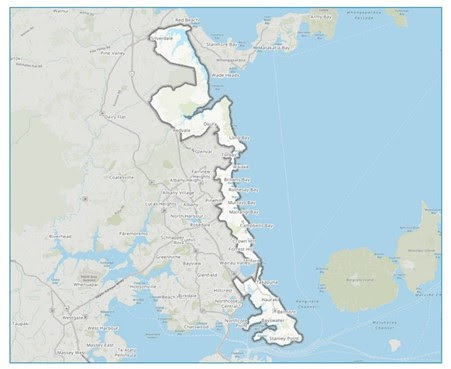Council Seeks Feedback on Shoreline Plans
Staff Reporter
19 September 2024, 7:54 PM
 Adaptation Plans Aim to Address Climate Hazards
Adaptation Plans Aim to Address Climate HazardsLocals across the Hibiscus Coast and surrounding areas are being called on to provide feedback on Auckland Council’s new draft Shoreline Adaptation Plans (SAPs) for the Waitematā Harbour West and Weiti Estuary to Devonport Peninsula shorelines.
These plans aim to address coastal hazards and climate change impacts over the next century, ensuring long-term preservation of the region’s coastlines.
The SAPs were developed using the latest climate change projections, coastal hazard models, and technical data to offer a robust framework for how communities can adapt to rising sea levels, erosion, and other climate-related risks.
The council is keen to involve residents, as their feedback will play a crucial role in refining the plans to meet community needs.
“We want to understand how you use these shorelines, what you value about them, and whether you think our proposals are right for the area,” said a council representative.
The Weiti Estuary to Devonport Peninsula SAP stretches from Okura to Devonport and encompasses areas such as Takapuna, Browns Bay, and Silverdale.

These regions are vital to the local economy, environment, and community life, making the adaptation plans an important step towards safeguarding their future.
Consultations for SAPs are open until 26 September 2024, with two key ways for residents to share their thoughts.
Locals can engage in the conversation by using the council’s interactive map on Social Pinpoint, where they can mark areas of importance and provide direct feedback.
Those who participate will be entered into a draw for a chance to win one of two $100 GiftPay vouchers.
Additionally, feedback can be submitted through the AK Have Your Say portal, which offers more detailed reports on the draft adaptation strategies.
The council encourages residents to review these documents and contribute their insights on how the shoreline should be managed in the face of climate challenges.
As these plans will shape the region’s response to coastal hazards for the next 100 years, community input is vital to ensuring they reflect local values and priorities.


